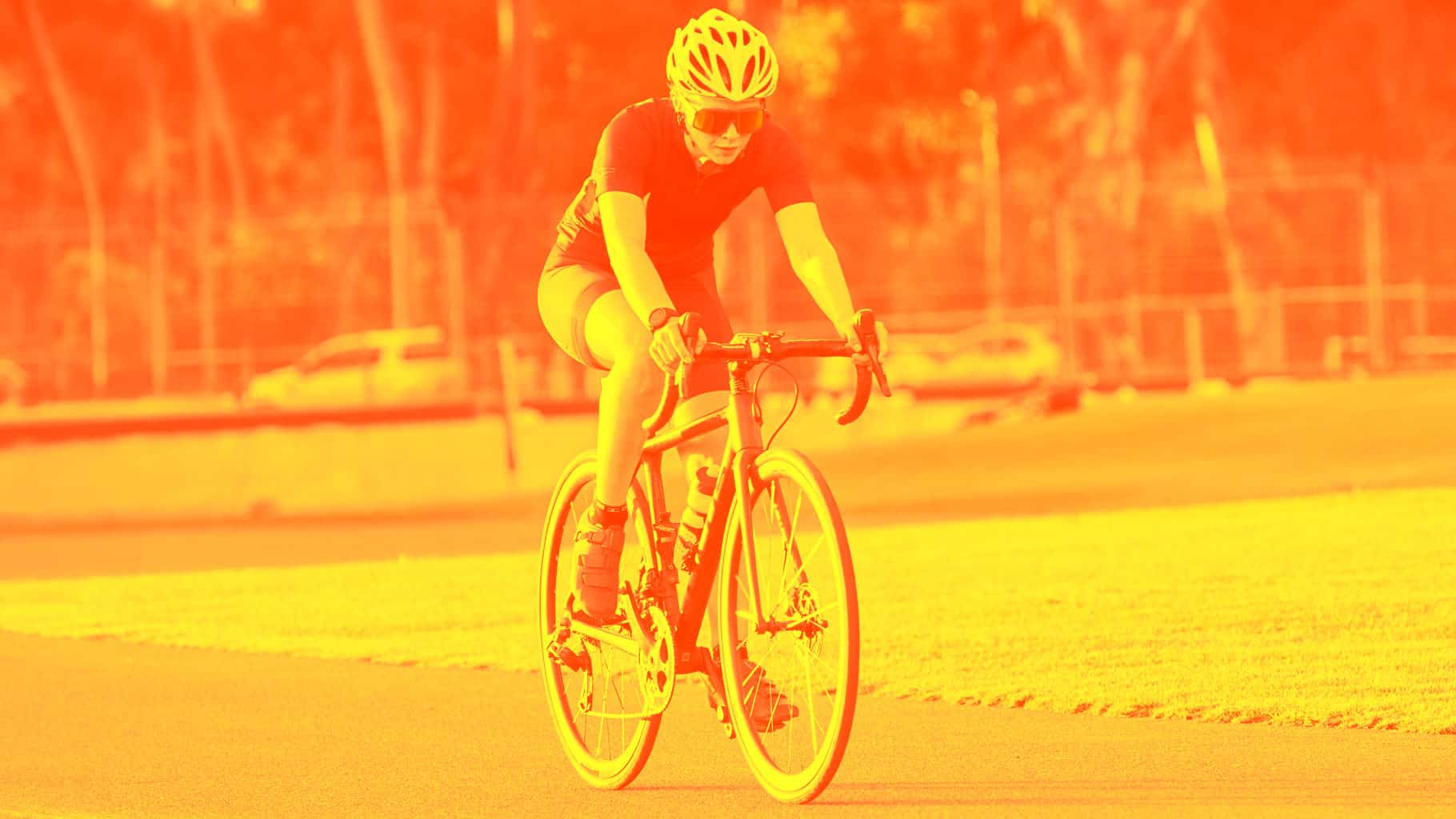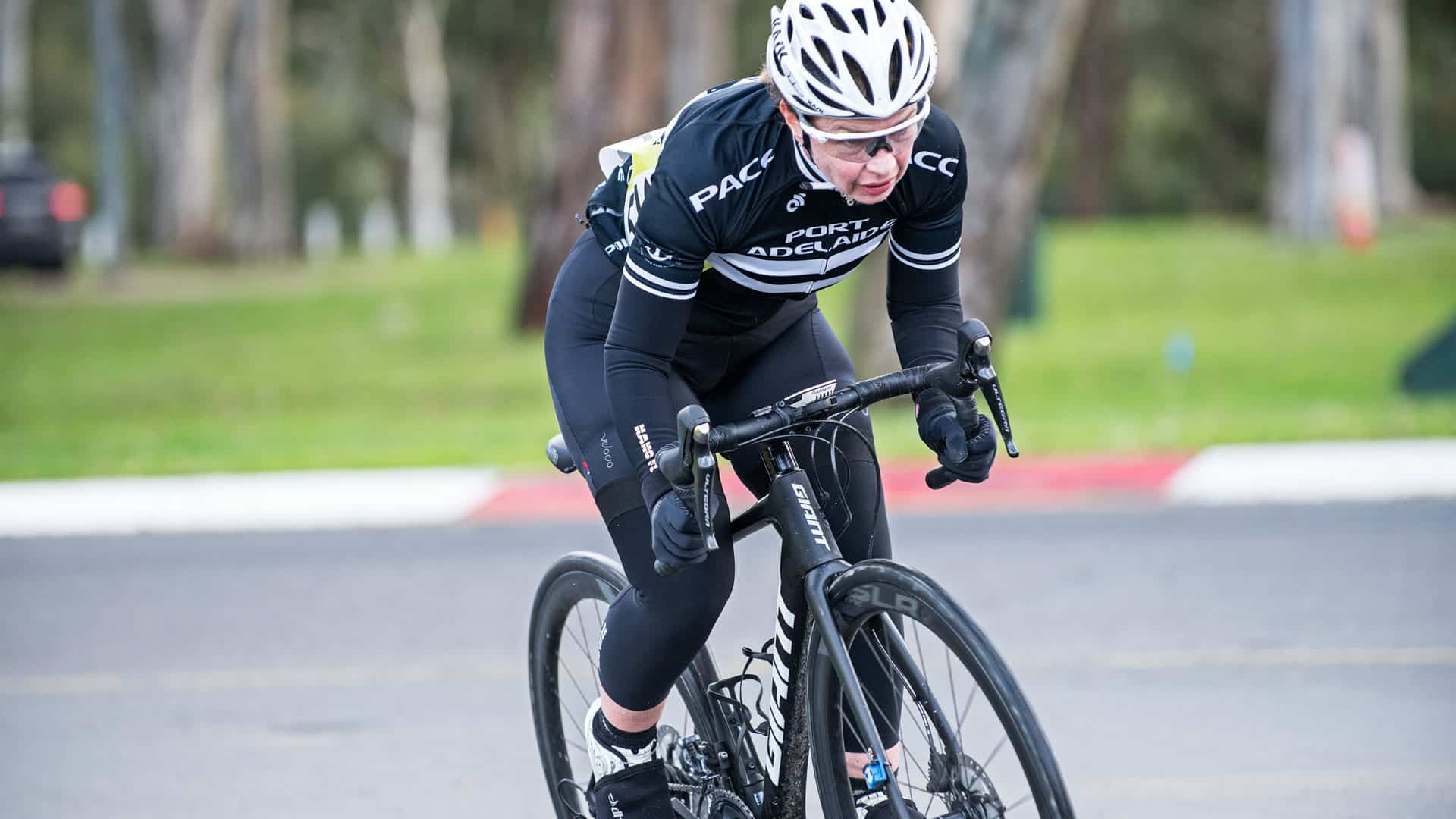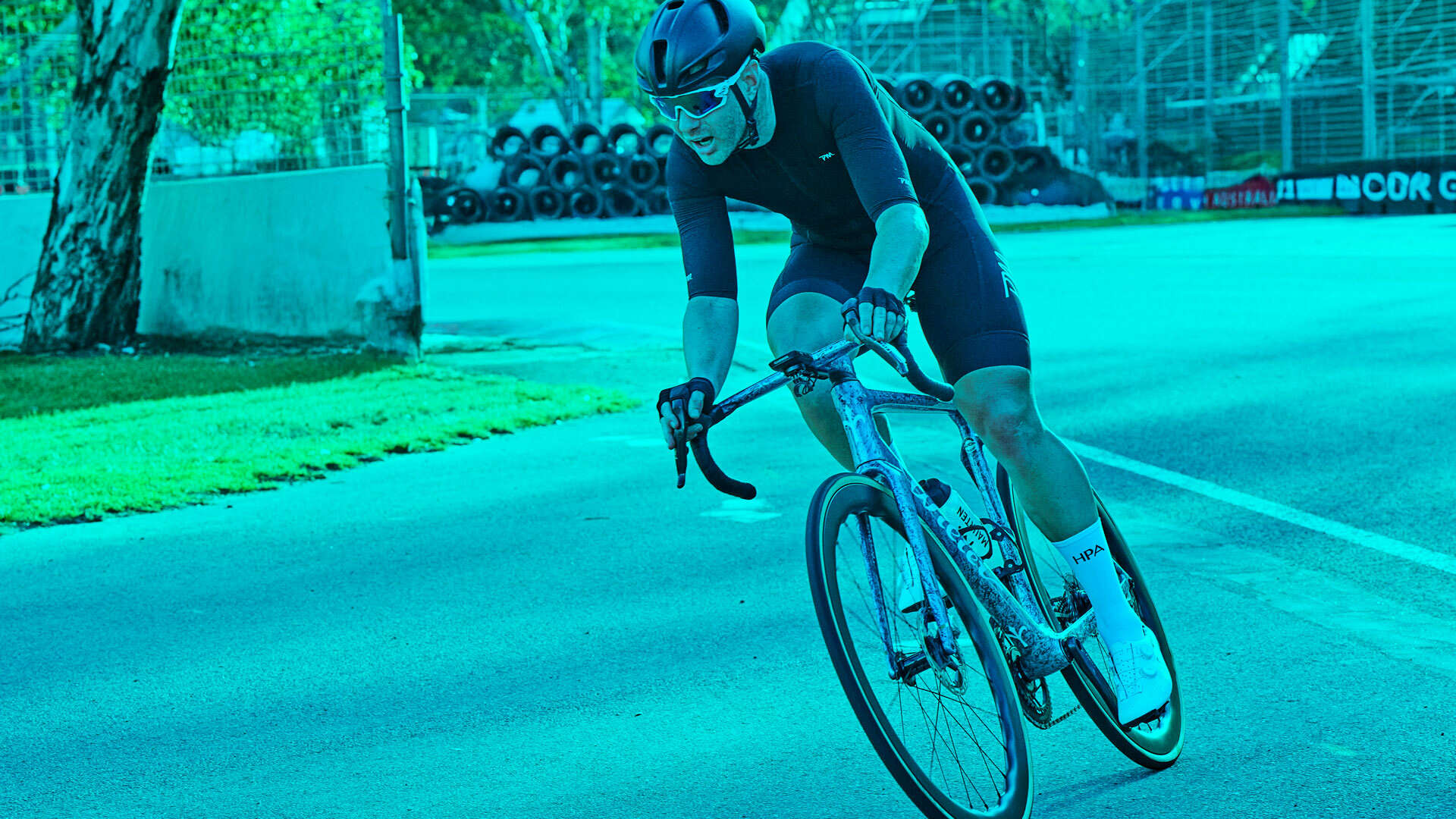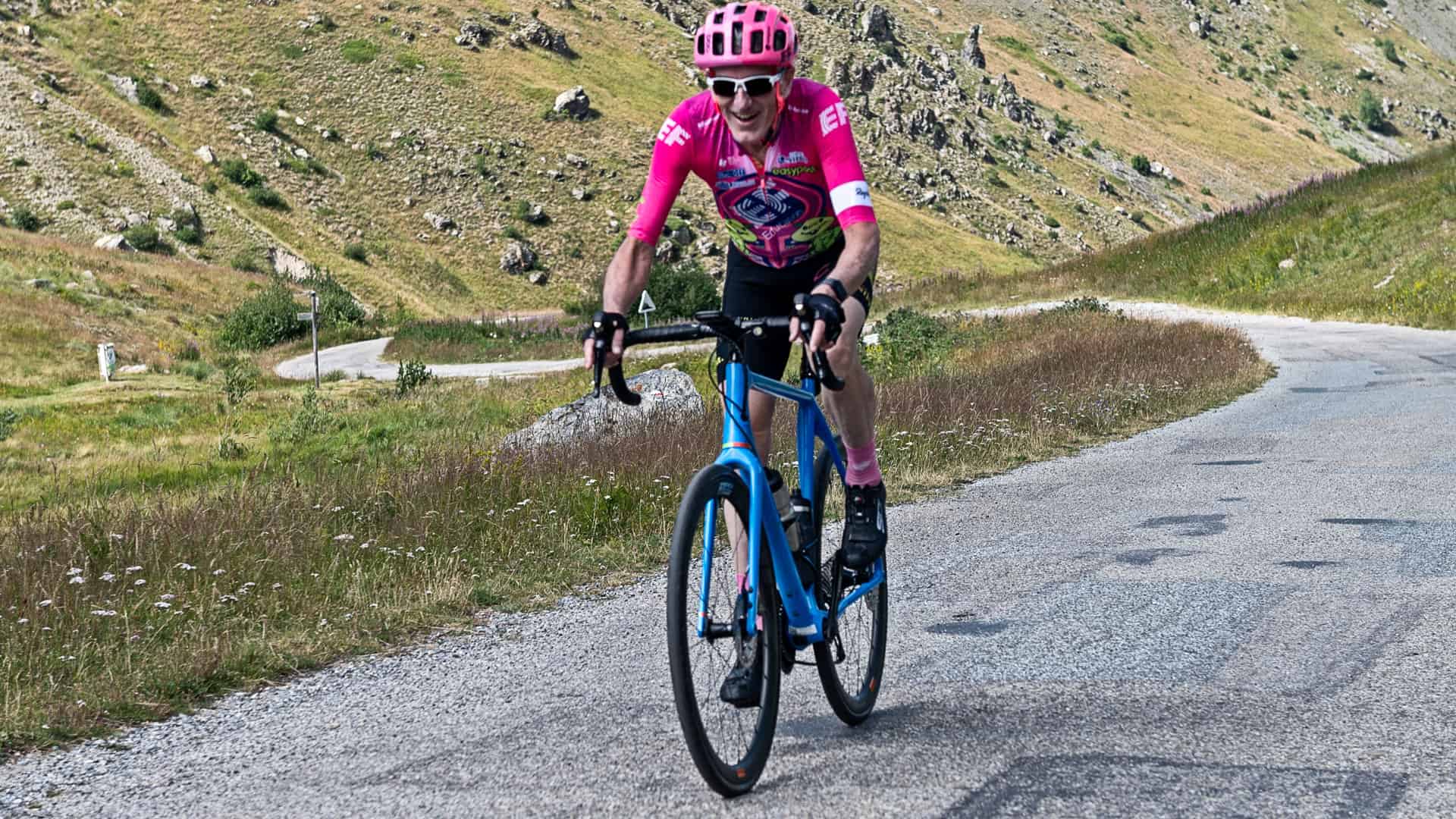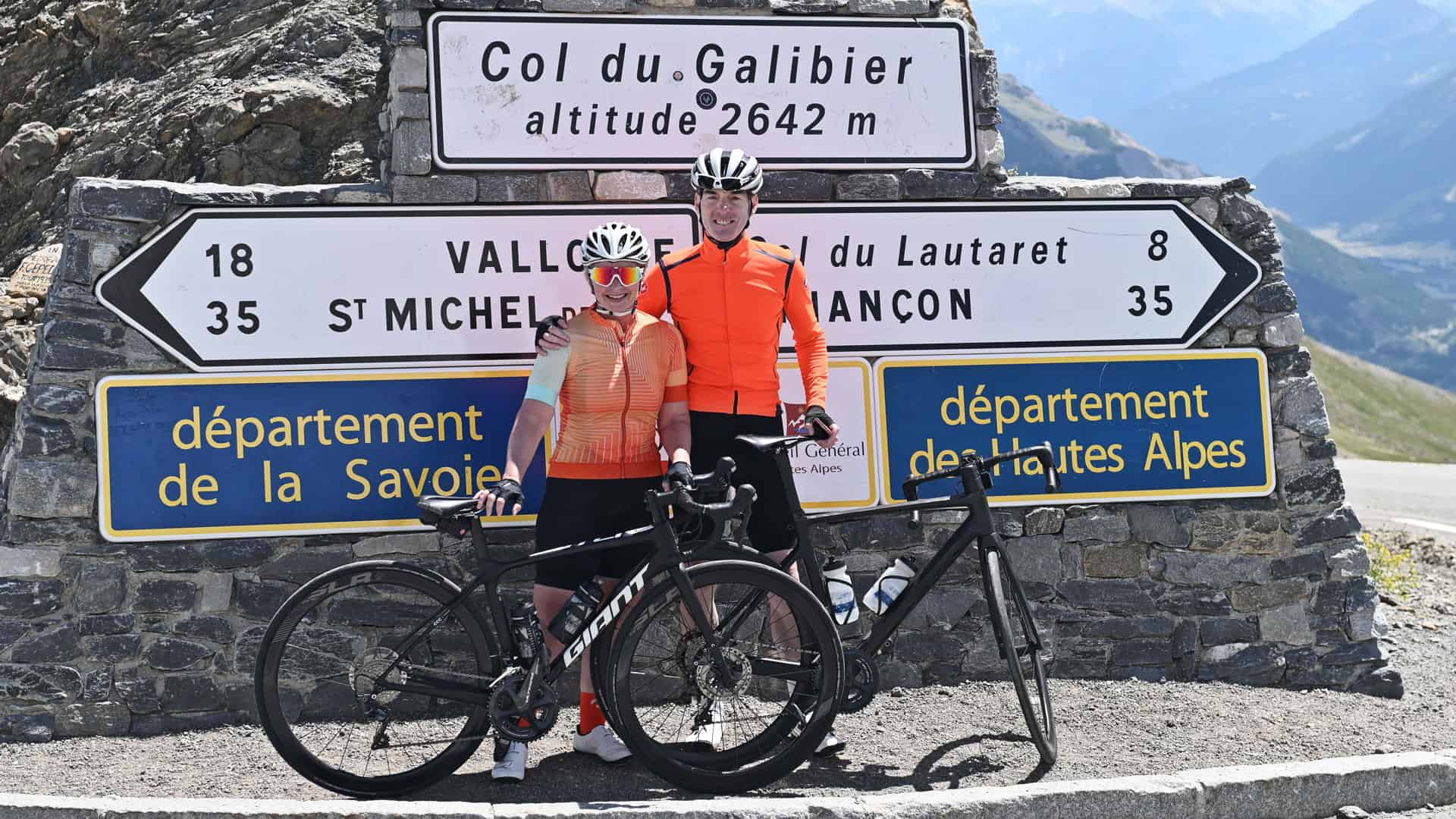The Role of Recovery in Weight Loss for Cyclists
Why Rest Is Just as Important as Training When Trying to Lose Weight
When you think about losing weight as a cyclist, the first things that probably come to mind are training harder and eating better.
But what if I told you that pushing harder on the bike isn’t always the answer? In fact, the reason you’re not seeing the results you want might have nothing to do with how much you’re training.
Instead, it could be a sign that you’re not giving your body what it truly needs: recovery.
That’s right—rest, sleep, and proper recovery strategies aren’t just important for performance. They’re also essential for losing fat, maintaining muscle, and boosting metabolism.
In this article, I’ll explain why recovery is often the missing link in cycling weight loss and how ignoring it could be holding you back from reaching your goals.
1. The Science Behind Recovery and Fat Loss
Your body doesn’t get stronger or leaner during training—it happens afterward, while you rest.
Here’s what’s happening behind the scenes:
- Training breaks down muscle tissue—this is essential for growth and adaptation.
- Recovery repairs and rebuilds that muscle, making it stronger and more efficient.
- Proper recovery also regulates hormones like cortisol and insulin, both of which play a role in fat storage and metabolism.
Without adequate rest, your body can’t fully repair itself, and over time, this can lead to:
❌ Increased cortisol levels, promoting fat storage (especially around the midsection).
❌ Slower metabolism as your body conserves energy in response to stress.
❌ Muscle loss, which lowers your resting calorie burn and makes fat loss even harder.
If you’re stuck in a cycling weight loss plateau, it’s possible your body is simply too stressed to burn fat efficiently.
2. Signs You’re Not Recovering Enough
Many cyclists assume that more training equals better results. But in reality, overtraining without adequate recovery often leads to the opposite effect.
Here are some common signs that your body needs more recovery:
- 🚩 You feel constantly tired—even after rest days.
- 🚩 Your performance is declining, even though you’re training regularly.
- 🚩 You’re always hungry or experiencing intense cravings (especially for sugary foods).
- 🚩 Your sleep is poor—you struggle to fall or stay asleep.
- 🚩 You’re holding onto body fat, despite increasing your training volume.
If any of these sound familiar, it’s time to focus on your recovery strategy.
3. How Recovery Supports Weight Loss for Cyclists
So, how does proper recovery help with weight loss? Here are a few key ways:
1. Balances Hormones for Better Fat Burning
Overtraining without adequate rest leads to chronically elevated cortisol levels—which can increase fat storage and make it harder to lose weight.
Getting enough rest allows your body to:
✅ Lower cortisol levels, reducing fat retention.
✅ Regulate insulin, making your body more effective at using energy.
✅ Maintain leptin and ghrelin balance—two hormones responsible for hunger and fullness.
2. Protects Muscle Mass (Which Boosts Metabolism)
When you’re trying to lose fat, preserving lean muscle is crucial. Muscle tissue burns more calories at rest than fat, meaning the more muscle you have, the faster your metabolism will be.
Without proper recovery:
❌ Your body may break down muscle for energy.
❌ Muscle loss can lead to a slower metabolism.
❌ You’ll feel weaker on the bike, reducing the intensity and effectiveness of your training sessions.
3. Improves Training Efficiency
Rest isn’t just about taking a break—it’s about allowing your body to come back stronger.
When you’re well-rested, you can:
🚴 Train harder during key sessions without burning out.
💪 Recover faster between sessions, allowing for more consistent training.
🔥 Burn more fat as your body adapts and becomes more efficient.
4. How to Prioritise Recovery for Fat Loss
Incorporating recovery into your cycling weight loss plan doesn’t mean you need to train less—it means you need to train smarter.
Here’s how:
1. Prioritise Quality Sleep
Sleep is the most powerful recovery tool available. Aim for 7–9 hours per night and focus on:
- Establishing a bedtime routine (no screens an hour before bed).
- Keeping a consistent sleep schedule, even on weekends.
- Creating a sleep-friendly environment (dark, cool, and quiet).
2. Schedule Rest Days
Don’t view rest days as “lost time”—they’re an essential part of your training plan. Use them to:
- Incorporate active recovery (light walking, stretching, or gentle yoga).
- Focus on mobility and flexibility exercises.
- Catch up on sleep if needed.
3. Manage Stress Through Mindfulness
Chronic stress can sabotage your weight loss goals. That’s why the Leaner Cyclist Program includes a structured mindfulness system to help manage stress, reduce cortisol, and optimise fat-burning potential.
Simple mindfulness practices can include:
- Meditation (even 10 minutes a day can make a difference).
- Breathing exercises to help regulate stress during and after rides.
- Mindful eating to improve digestion and reduce overeating.
4. Stay Hydrated
Even mild dehydration can impair recovery and metabolism. Aim to drink enough water throughout the day and focus on electrolyte balance during long rides.
5. Why Cyclists Often Neglect Recovery—and How to Fix It
Many cyclists think that more training equals faster results—but overtraining without proper recovery can actually stall fat loss altogether.
The biggest mistakes cyclists make include:
❌ Skipping rest days because they’re afraid of losing fitness.
❌ Sacrificing sleep to fit in early morning rides.
❌ Ignoring stress, which leads to elevated cortisol and fat storage.
❌ Believing that pushing harder will solve the problem.
The truth is, recovery isn’t optional—it’s an essential part of the fat loss equation.
That’s why the Leaner Cyclist Program includes structured recovery strategies, sleep optimisation tips, and mindfulness practices that help you stay lean, strong, and focused.
Want to Start Losing Fat While Recovering Better? Here’s How.
If you’re training hard but still not seeing results, the problem might not be your effort—it could be your lack of recovery.
🚴 No more burning out with endless training.
🛌 No more poor sleep slowing down your progress.
💡 No more underestimating the power of rest.
The Leaner Cyclist Program teaches you how to integrate training, nutrition, and recovery for sustainable fat loss—without burning out or hitting frustrating plateaus.
🔗 Click here to book your free coaching call and let’s build a plan that helps you lose weight, boost performance, and recover effectively.
Want to learn how you can finally lose weight, keep it off and stop getting dropped on climbs without having to sacrifice your favourite foods and starve yourself on some crazy calorie-restricting diet …even if they’ve failed in the past or struggled to improve your cycling performance. Click here to watch this free, on-demand online training.
Want to learn how to become a leaner cyclist and ride faster and more efficiently? Did you know that for every kilogram of extra weight you carry, you need 3 – 5 watts of extra power to keep up with someone 1kg lighter on a hill? If you are carrying an extra 10 kg, that’s a whopping disadvantage of 30 – 50 watts over your rivals. Quickly work out the ride weight range for your age group and determine what performance improvement you’ll get on climbs. Click here to take the quick one-minute quiz, and we’ll email you a report that provides the ride weight range for your age group…
Click here to book your free coaching call and let’s create a personalised plan that works for you.

